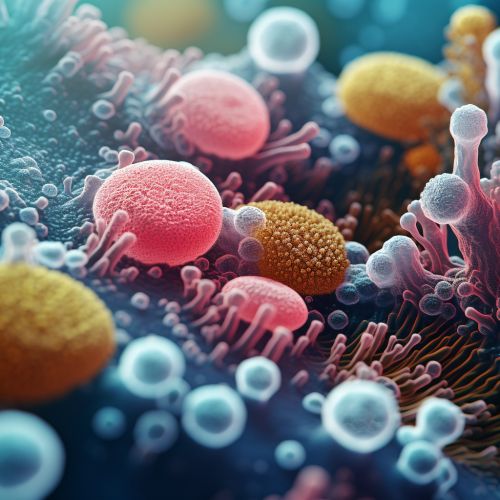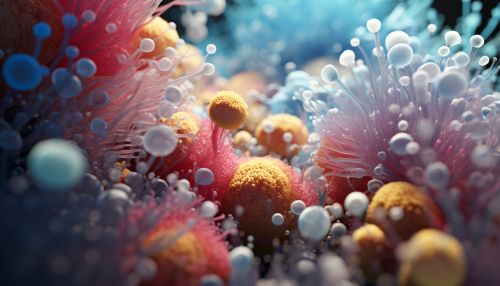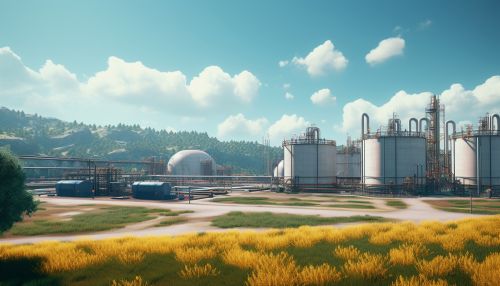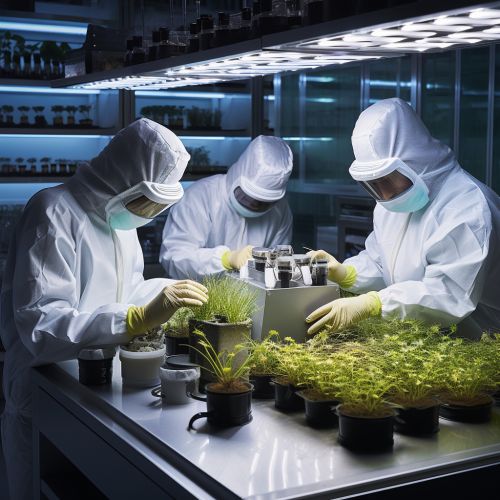Mechanisms of Microbial Biotechnology in Environmental Engineering
Introduction
Microbial biotechnology is a branch of biotechnology that applies microbial sciences to create technologies useful to life. It encompasses the use of microorganisms in the production of food and antibiotics, waste treatment, and energy production. In environmental engineering, microbial biotechnology is used to harness the power of microbes to solve environmental problems.


Microbial Biotechnology in Environmental Engineering
In environmental engineering, microbial biotechnology is used to harness the power of microbes to solve environmental problems. This involves the use of microbes to degrade or detoxify substances hazardous to the environment, to treat industrial waste, to reclaim contaminated areas, and to produce biofuels.
Waste Treatment
One of the primary applications of microbial biotechnology in environmental engineering is in the treatment of waste. Microorganisms can be used to break down organic matter in waste, converting it into simpler substances that can be more easily disposed of or reused. This process, known as biodegradation, is used in the treatment of municipal and industrial waste, as well as in the remediation of contaminated soil and groundwater.
Biofuel Production
Microbial biotechnology also plays a key role in the production of biofuels. Certain types of microorganisms, such as algae and bacteria, can be used to produce biofuels like biodiesel and bioethanol. These biofuels are considered more sustainable than fossil fuels, as they are derived from renewable resources and produce fewer greenhouse gases when burned.


Bioremediation
Another important application of microbial biotechnology in environmental engineering is in bioremediation, the use of microorganisms to remove or neutralize pollutants in a contaminated site. Microorganisms can be used to break down a variety of pollutants, including hydrocarbons, heavy metals, and radioactive materials. This makes bioremediation a valuable tool in the cleanup of oil spills, industrial waste sites, and radioactive waste.
Phytoremediation
Phytoremediation is a form of bioremediation that involves the use of plants to remove, stabilize, or degrade pollutants in the environment. While not strictly a form of microbial biotechnology, phytoremediation often involves the use of microorganisms to enhance the ability of plants to degrade pollutants. This is done by inoculating the plants with specific types of bacteria or fungi that can break down the pollutants, allowing the plants to absorb and metabolize them more effectively.
Challenges and Future Directions
While microbial biotechnology holds great promise for environmental engineering, there are still many challenges to be overcome. One of the main challenges is the need to better understand the complex interactions between microorganisms and their environment. This will require advances in microbial ecology, genomics, and bioinformatics.
Another challenge is the need to develop more efficient and cost-effective methods for harnessing the power of microbes. This will require advances in metabolic engineering, synthetic biology, and systems biology.
Despite these challenges, the future of microbial biotechnology in environmental engineering looks bright. With continued research and development, it is likely that we will see even more innovative and effective applications of this technology in the years to come.


